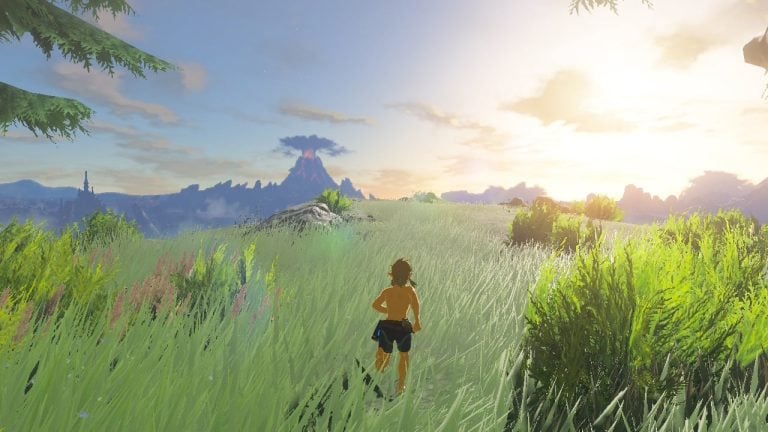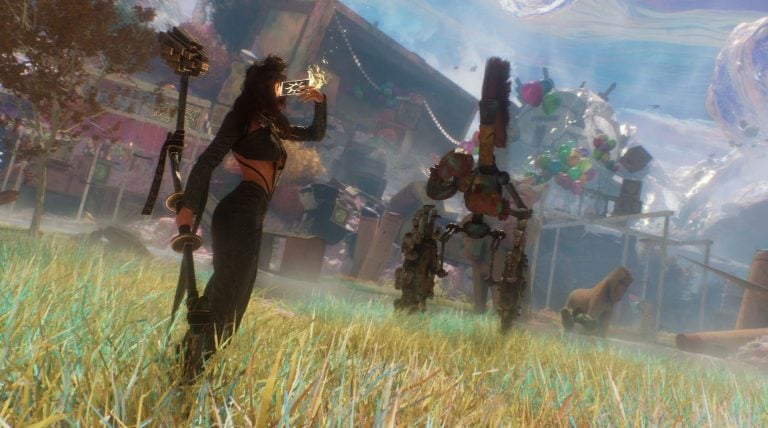At Japan’s Computer Entertainment Development Conference (CEDEC) held on August 23. Nintendo held a lecture on the topic of The Legend of Zelda: Tears of the Kingdom’s development (as reported by Famitsu). TotK’s planning and production team spoke about the creation of the game’s expansive 3D open world and how they got it to load so seamlessly on the Nintendo Switch.
Tears of the Kingdom’s predecessor, Breath of the Wild, made extensive use of 3D space through things like wall climbing, gliding and caves – but in the grand scheme of things, the game’s world was made based on a flat, two-dimensional structure, according to the developers. This made things simpler both in terms of the development process and in terms of overcoming the Wii U’s technological limitations.
However, with Tears of the Kingdom being a Switch exclusive, the developers were freed of many of the hardware-related blocking points, and decided in the early stages of development that they wanted to expand the world vertically. With its Sky Islands, ground level and its underground “Depths,” Tears of the Kingdom took things to a much grander scale.

However, achieving seamless loading as the player transitioned from one level to another involved a process of trial and error. A particular challenge was getting data to load smoothly when Link would jump into The Depths – in the early stages, loading was so long between the surface and underground that the game would sometimes freeze.
One of the methods Tears of the Kingdom’s developers applied to resolve this issue was using a profiling tool (profiling refers to measuring and analyzing the performance of a game) to identify when and which objects were taking the longest time to load, thus preventing seamless transitions. Once identified, the loading of these elements was allocated to “blank time,” moments when no other loading was taking place, and executed during them. The developers also put off the loading of data that would not be needed immediately – however, these measures were still not enough.
From there, Nintendo decided to try decreasing the number of files that need to be loaded, and this was not done by removing objects, but by designing a system that identified which objects and pieces of terrain would, based on Link’s position, not enter the player’s field of view. In addition, the team looked for any textures that wouldn’t suffer from a lower resolution and reduced them – but all of this was still not enough for loading to catch up.

Tears of the Kingdom’s development team’s fourth and last measure to tackle this issue was to attempt to commence loading beforehand. This was done by singling out all the files that needed to be loaded before going underground and starting their loading process as soon as the player approached “a possible waypoint to the underground,” such as, say, a large hole in the ground. Finally, the cumulative effects of all of these efforts resulted in a seamless dive from the surface to The Depths.
On a related note, optimizing movement between Tears of the Kingdom’s Sky Islands similarly involved predicting the player’s actions. The Sky Islands were divided into three main types: large islands related to the main storyline, islands that serve as a transit point to other islands, and islands that present the player with the challenges, such as “How do I go there?” Based on this, a cycle was established to determine which islands to load (or unload in favor of another one) based on the player’s actions and location.






Being able to load seamlessly on a Switch is a miracle especially when it’s TOTK an open world that is huge and has so many moving parts.